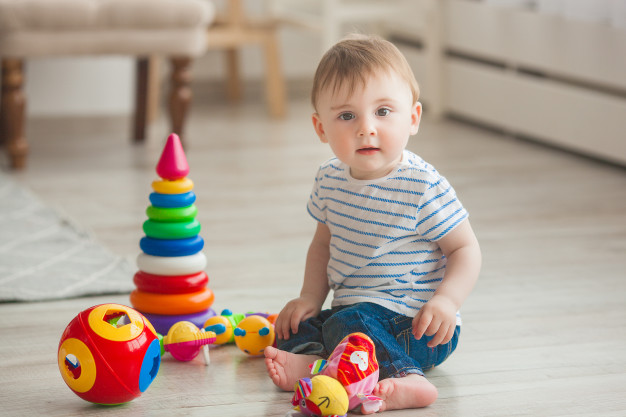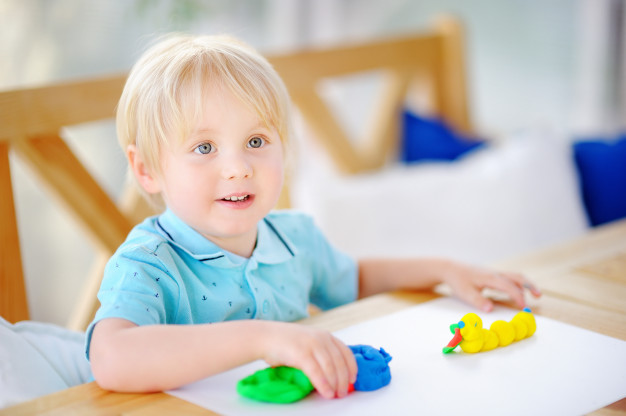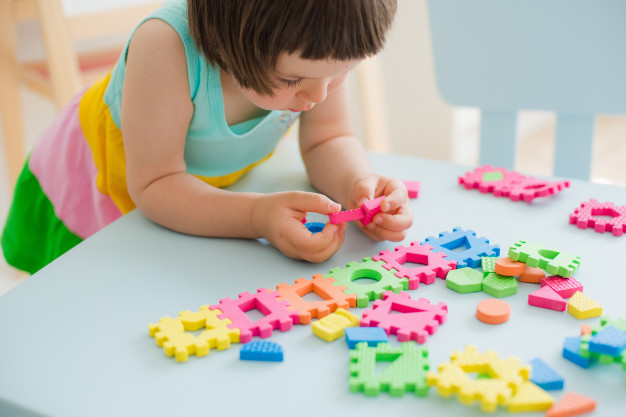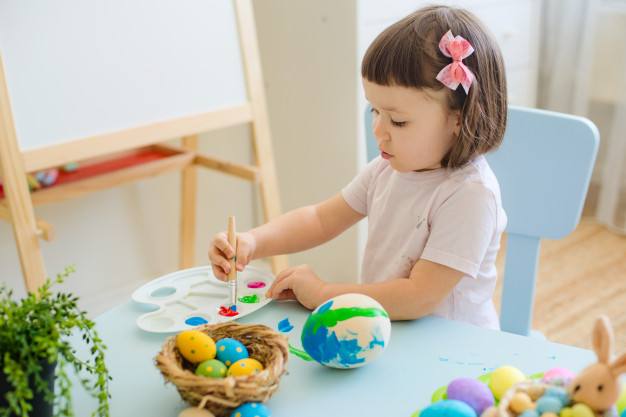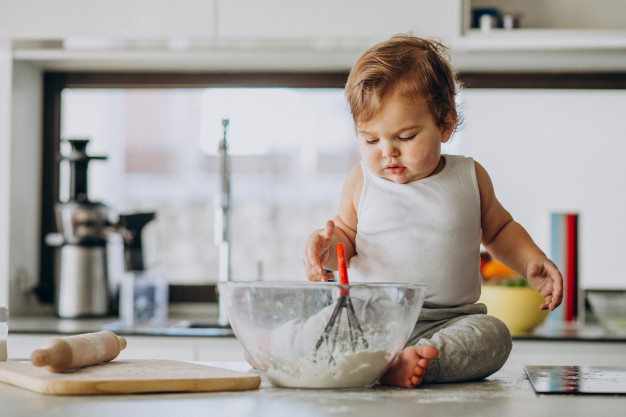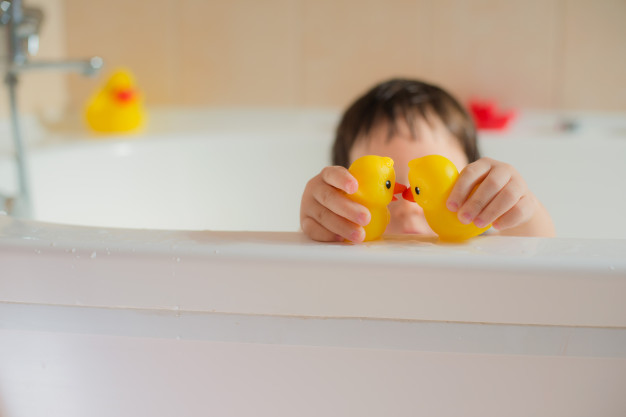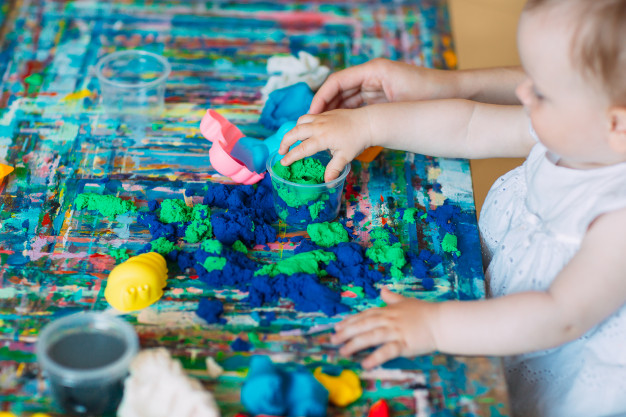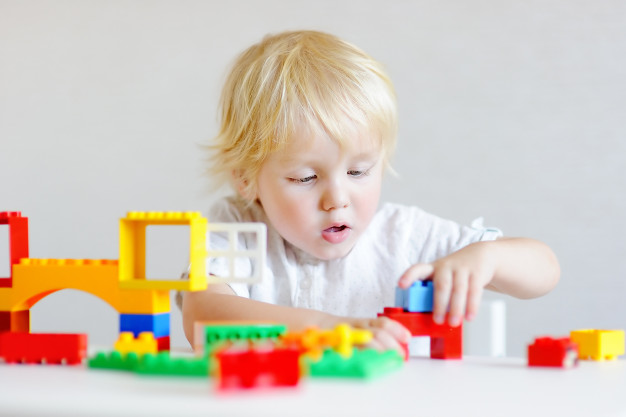Fine motor skills involve the movement of small muscles that requires your child’s brain to coordinate between the action and what they are seeing. These can affect things like using a pencil to write or holding a fork to eat. These ways are not only effective for teaching fine motor skills to preschoolers, but they are also important and useful for younger and older children’s motor skill development. Parents can also encourage their kids to improve fine motor skills with simple, fun activities. If you are stuck for ideas, you can try a few of the activities below.
1. Play Dough
Playing with tangible materials like play-dough is a great way for kids to experiment and learn fine motor skills. To make these even more interesting you can make the play-dough with your child first before they play with it. You can start with simple playdough activities so that your child gets an interest in it.
2. Puzzles
Make puzzles together. Picking up and moving puzzle pieces into place helps to develop your child’s grasping skills. Watch or help your child learn how to complete a puzzle can sometimes be frustrating, as they can be impatient and give up easily, lose pieces or put them in their mouth. Engage and encourage and your child as much as you can to complete easy puzzles at first and then progressively harder ones and doing this will improve their hand-eye skills, coordination, and motor skills.
3. Drawing, coloring, and painting
Encourage your child to draw and paint as much as you can. This will not only develop their fine motor skills but also enhance their creativity and imagination too. You can try different types of mediums, like crayons, chalk, finger paints, brush paintings, to spark their interest and strengthen your child’s hand-eye coordination. Painting with a paintbrush will help your kids to learn to hold a brush and get a good grip for other items as well.
4. Using kitchen tongs or tweezers
Create a game for kids using a small pair of kitchen tongs or tweezers to pick up some small objects like buttons, coins, pasta, etc.
5. Bath time play
Use squeaky rubber toys to squeeze and mugs to fill water and pour. Do not worry about water going on the floor, you can always wipe it up afterwards.
6. Sand play
Let your child scoop and dig sand with spoons. Magic or kinetic sand can be a very good option inside the house. You can also create figures with moulds to make it more attractive.
7. Build with blocks and Lego
Let your child play and build with Lego as these activities will encourage fine pushing and pulling movements and will also enhance creativity. Building with LEGO is an effective way to develop your child’s fine motor skills. Other skills your child can learn from playing with Lego include determination, a sense of accomplishment and an improved ability to solve puzzles.
Don’t be alarmed if your child isn’t developing as fast as a child of similar age. Remember, every child is different and your child’s body is still growing. In a few weeks or months, they may build enough strength in their hands to acquire new fine motor skills.

